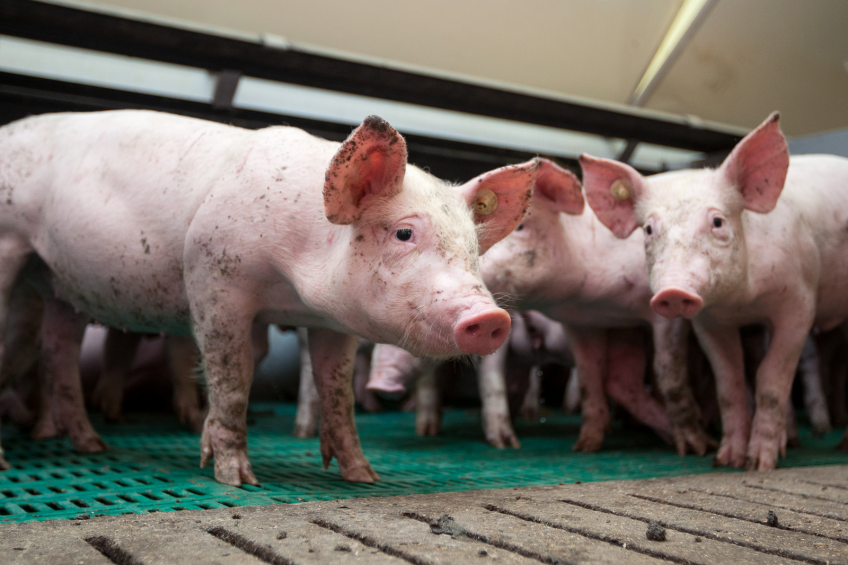Soybean meal compared from around the globe

US animal nutrition scientists have carried out a comparative research to document variations in soybean meal sources from various places around the globe.
The team of researchers, Prof Hans H. Stein and Vanessa Lagos at the University of Illinois’ Monogastric Nutrition Laboratory, sourced soybean meal from the United States, Brazil, Argentina, India and China. They then conducted an experiment to determine if standardised ileal digestibility (SID) of crude protein and amino acids varied among these sources.
In a public presentation, the scientists wrote: “Soybean meal is the premier source of high quality plant protein for pig diets. However, the nutritional value of soybean meal can vary among sources due to genetic differences in soybean varieties or differences in climate, soil type, fertiliser application, or processing conditions.”
Materials and methods
The scientists described how they used 24 different samples of soybean meal for this study. In total, 5 samples were collected from the United States, Brazil, Argentina, and China, and 4 were collected from India.
The scientists equipped 25 growing barrows with an average initial body weight of 30.53 kg with a T-cannula in the distal ileum. In each of 8 periods, each barrow was fed 1 of 25 diets, so that there were 8 replications for each diet. One diet was an N-free corn starch-based diet that was used to estimate basal endogenous losses of protein and amino acids. The other 24 diets were based on a mixture of corn starch and each of the 24 sources of soybean meal.
Protein and amino acid composition
The scientists noted that concentration of crude protein was greatest in soybean meal sourced from Brazil and India, and least in soybean meal from China (see Table 1). The mean of all indispensable amino acids was greatest in soybean meal from Brazil, the US, and India, and least in soybean meal from China.
Digestibility of crude protein and amino acids
The standardised ileal digestibility (SID) of crude protein and most amino acids was greater in soybean meal from the US compared with soybean meal from Brazil, Argentina and India (see Table 2). There were no differences in SID of amino acids among soybean meals sourced from the US and from China; however, the SID of crude protein was greater in US soybean meal than in soybean meal from China. The SID of most amino acids was not different among soybean meal samples from Argentina, Brazil, and India.
Some key points include:
- Growing conditions and genetic differences affected nutrient composition and digestibility among samples of soybean meal from different countries.
- Soybean meal from China contained less protein and indispensable amino acids than soybean meal from the US, Brazil, or India.
- The standardised ileal digestibility of crude protein and amino acids is similar in soybean meal from US and China, and generally greater in soybean meal from those countries than in soybean meal from Argentina, Brazil, and India.











